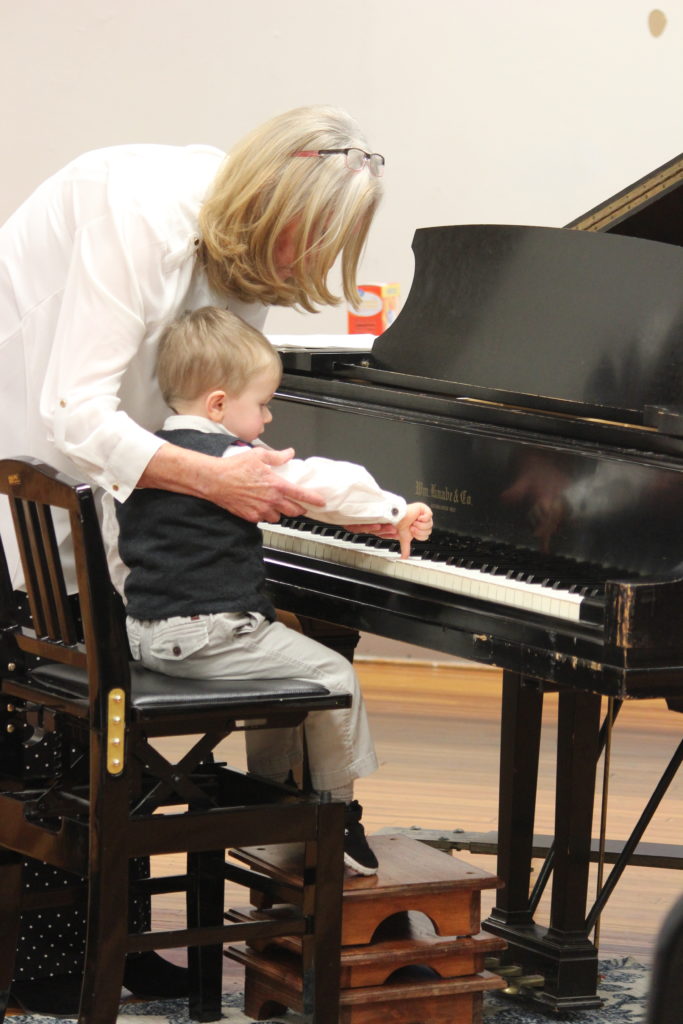The Suzuki Method of Talent Education was founded in Japan by Dr. Shinichi Suzuki following World War II. Distraught by the plight of the Japanese children after the war, Dr. Suzuki became dedicated to sharing the joy of music to all children. After realizing that “all Japanese children speak Japanese”, Dr. Suzuki became convinced that the way in which language is acquired must be the most successful method of instruction.
Isolating the components of language acquisition, including an encouraging environment, constant repetition, and the use of aural modeling, Dr. Suzuki developed his method known as the “mother-tongue” approach. The unique method is dedicated to the principle that every child can learn and experience success in music. In the 1960’s, this philosophy of music instruction spread to the United States where it has experienced overwhelming growth and success. Now many of the top musicians and teachers in the country have been trained by the Suzuki approach.
Suzuki students begin as early as 3 years of age, a time in which the mind is very open to musical instruction. Parental involvement is essential to the success of the Talent Education. The parent attends every lesson and actually learns to be the “home teacher”. The student’s initial learning begins with aural training, as in the language acquisition model. The student listens daily to a recording of the pieces he or she will play. After the proper technique is established, music reading is taught. Group instruction also supplements the private instruction and is a key component to the success of the Suzuki method. Suzuki teachers are dedicated to instilling a joy and appreciation for music in each student, leading to a life-long love for music.


